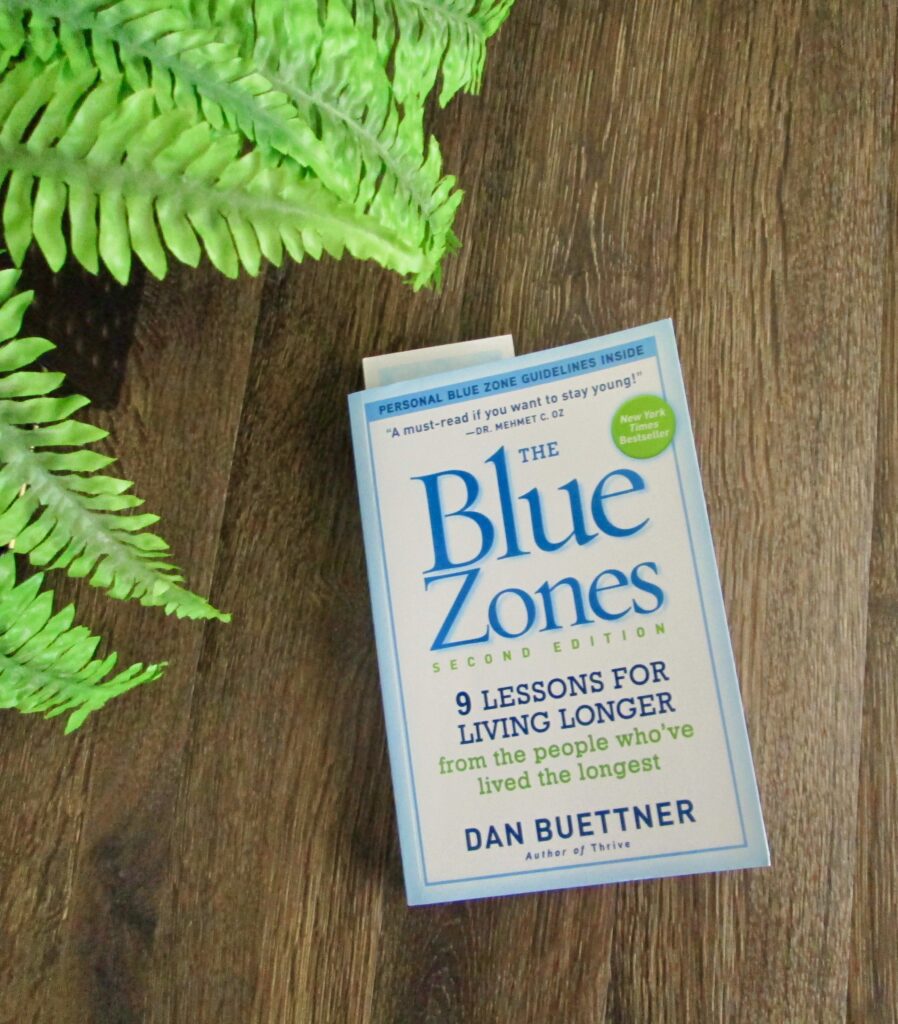
Today we are covering the Blue Zone of Costa Rica. This is the fourth Blue Zone from the book, The Blue Zones 9 Lessons For Living Longer from the people who’ve lived the longest, by Dan Buettner.
Costa Rica is located in Central America near Panama. The area studied for their longevity, Nicoya, is isolated, just as the people of Sardinia had been. Most of the longest living are located in the rural areas. (p.177)
The first person Dan Buettner introduces us to is Panchita. Dan and Panchita’s son, Tommy, arrive at her house at 7:30 a.m. Panchita stops sweeping her yard to take a midmorning break. Yes, I said midmorning. She had been up since four, said her morning prayers, gathered two eggs from her chicken coop, ground corn by hand, brewed coffee from well water drawn from the limestone bedrock under her house and made a breakfast of beans, eggs, and tortillas. She split wood using a machete and cleared brush away from her house. She offered to prepare breakfast for the men. (p.171)
If you have read my other blogs on the Blue Zones, you will note a common theme. Most of the people who live the longest rise early and work hard.
At the time of the interview, her son Tommy was 80-years-old. His mother had just celebrated her 100th birthday and she still treated him as her little boy, which he seemed to resent.
The author tells us that “as a whole, the people… in Nicoya seemed sharper and more active than anywhere else. They all believed in God, seemed to have a strong work ethic…, and possessed a zeal for family second only to the Sardinians.” (p.180)
“Their diet consisted largely of corn, beans, pork, garden vegetables, and an abundance of fruit (papaya, mango, chico zapote, and oranges), much of it grown in and around their yards.” (p.180)
Another belief they shared, instead of divorce they would just start living with someone else when they wanted to and men and women both had numerous affairs. (p.180) (* I’m not sure how this lines up with believing in God.) The author gives his opinion on p. 189, “Perhaps the isolation permitted a looser set of values to become the norm?”
The line up of people interviewed included:
- Rafael Angel Leon Leon, who at 100 years old, gardened and farmed corn and beans and kept livestock. He could sing and play guitar and considered himself a lady’s man. He had several girlfriends over his lifetime and finally married a woman 40 years younger than him when he was 94.
- Ofelia Gomez Gomez lived with her daughter’s family and at 102 recited from memory a six-minute poem.
- Francesca Castillo (Panchita), cut her own wood and walked a mile to town twice a week.
One of the researchers for the Blue Zones noted several common factors among the longest living people that is worthy of mention because they seem odd:
People who live the longest were…
- Father’s who had the greatest amount of daughters
- People born in winter live longer than those born in summer
- “People who think they’re going to live longer actually do.” (p.183)
As with other groups that live longer these people feel a strong sense of service and caring for their family and others. (p.190) They have religious beliefs and live a low-stress life. (p.192)
Panchita’s religious beliefs included:
- “Those who honor their parents are rewarded by God.”
- “God does everything for a reason…”
- She feels that God has blessed her throughout her life. (206-207)
Their back yard gardens grow exotic fruits like Marañón, which is five times richer in vitamin C than oranges and has a selective toxicity against various types of cancer cells. Wild ginger also grows in their gardens and is a source of vitamin B6, magnesium, and manganese. Both are associated with disease prevention and longer life. (p.194)
When they cook their corn kernels, they add lime. “It infuses the grain with high concentrations of calcium … and unlocks certain amino acids for the body to absorb.” (p.195)
Like the other Blue Zones the people eat a mostly low-calorie, low-fat, plant-based diet, with many legumes. The only difference from the other Blue Zones was the addition “of corn tortillas at almost every meal and huge quantities of tropical fruit.” (p.199)
More studies showed these people:
- Tend to sleep eight hours a day.
- Get lots of sun exposure for vitamin D.
- The longest lived women were usually first born.
- They are an extremely positive people. (pp.211-212)
The take aways from the Nicoyans:
- Have a strong sense of purpose.
- Drink hard water (water with a high calcium content).
- Focus on family.
- Eat a light evening meal.
- Have strong social networks.
- Work hard.
- Use sunshine for health.
- Follow the most healthy ways of your ancestors. (pp. 223-224)
Next week we will finish up with the Greek Blue Zone.
Are you in the process of adding any of the health giving options from any of the Blue Zones that we have covered so far? Please comment below:)
